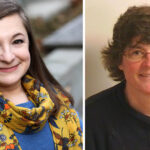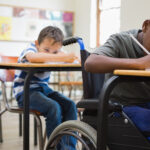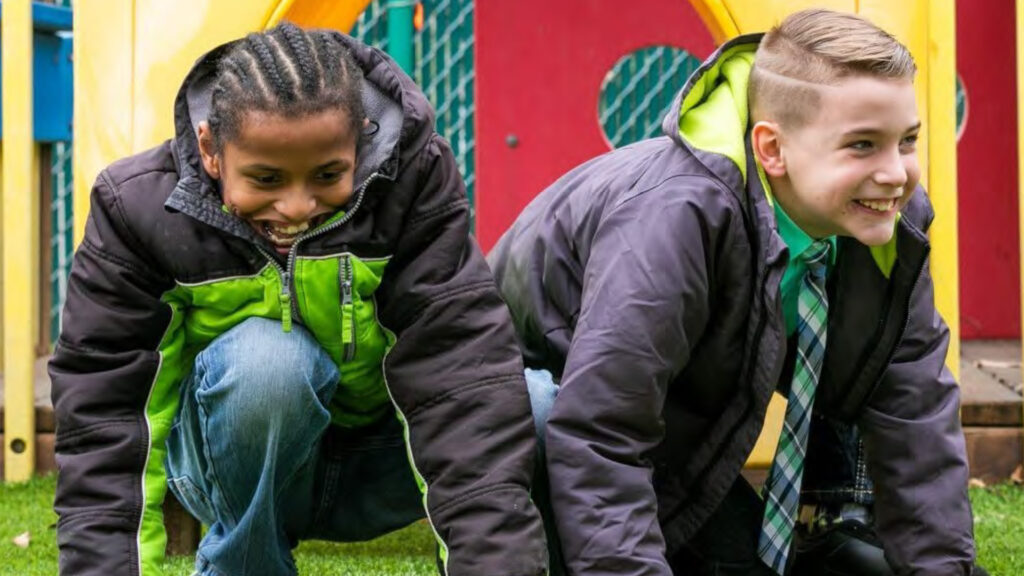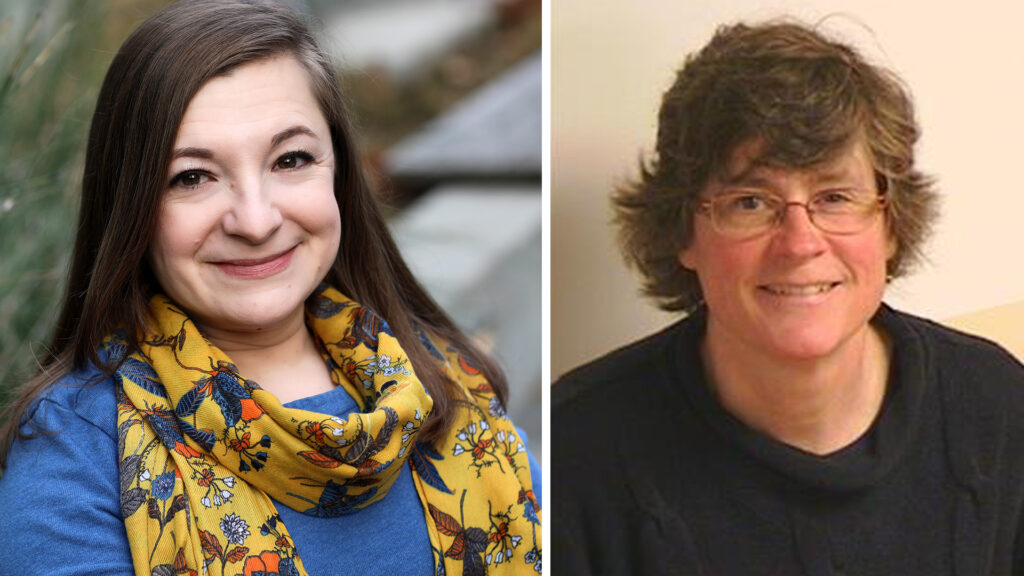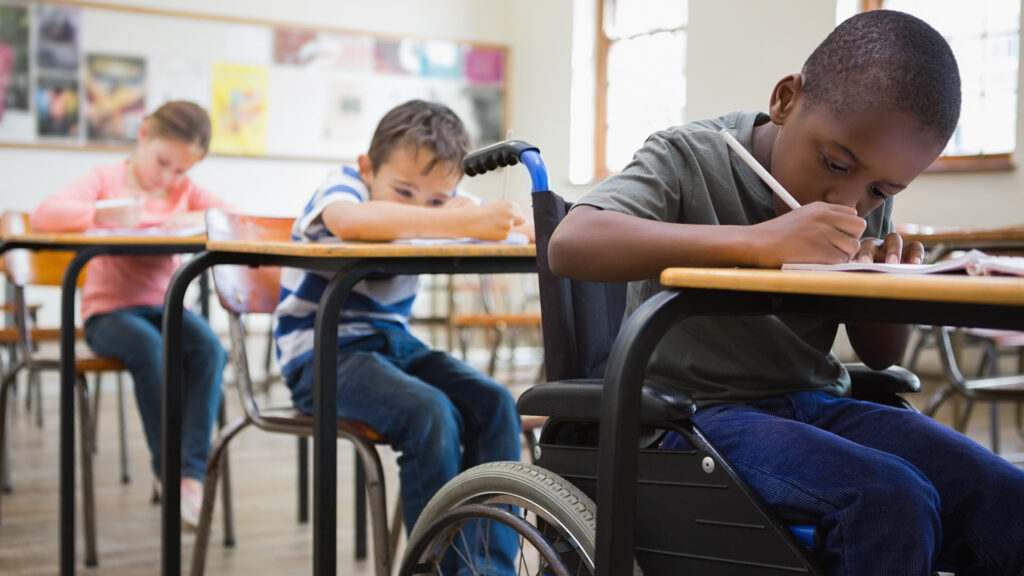-
UCCEDD Needs Assessment Report
Information for this report was compiled from a variety of recent state and national reports, state and national data dashboards, state public use data sets, and peer-reviewed journal articles to provide a snapshot of the lives of Ohioans with disabilities across the lifespan. Here is the report separated into sections Section 1 Section 2 Section 3 Section 4 Section 5
-
How To Talk To Kids About People With Disabilities
Kara Ayers, PhD, psychologist, Developmental and Behavioral Pediatrics, shares tips for talking to children about disabilities and helping them value differences in people. Read more If you’d like to learn more tips for talking to kids about disabilities, listen to this podcast. Drs. Kara Ayers and Susan Wiley, faculty members in our Division of Developmental and Behavioral Pediatrics, share their perspectives for helping kids to be more inclusive, understanding and respectful of their peers who are different than (and similar to) them.
-
Looking to hear from families of students in Ohio schools
The Ohio Statewide Family Engagement Center is starting a podcast and we want to hear from families of students in Ohio schools! This podcast will seek to highlight the experiences, advice, and expertise from families of students in Ohio schools on topics and questions being asked by Ohio families about the education system. To share your thoughts on what is important when it comes to supporting your child’s education, take this short survey. We will use responses to inform episode topics and guests. Post navigation
-
UCCEDD 20-21 Annual Report
Learn more about what we accomplished in 2020-2021 here Assessing and Improving Disability Services: Lessons from Lived Experience Posted on January 26, 2022 by admin A more inclusive and equitable future for people with disabilities is only possible when their voices are elevated by the leaders and institutions which provide disability services. The UCCEDD partnered with Cohear to proactively seek out feedback and ideas from people with disabilities, caregivers, and the industry professionals who work with them, in order to shape their goals and priorities for the next five years. These groups included residents of urban
Feugiat nulla facilisis at vero eros et curt accumsan et iusto odio dignissim qui blandit praesent luptatum zzril.
Mon - Fri: 9:00AM - 10:00PM
Sat - Sun: Closed
+ (123) 1800-567-8990
+ (123) 1800-453-1546
ouroffice@example.com
info@example.com

